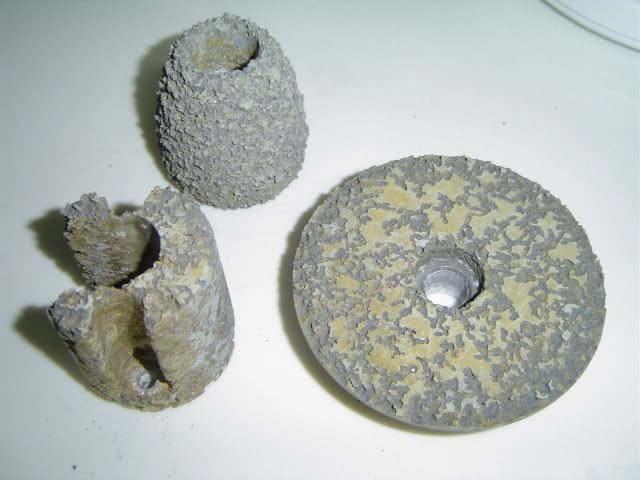Morpheus
New Member
- May 7, 2007
- 2,450
- Boat Info
- 2006 SeaRay Sundeck 240
- Engines
- 5.0MPI Mercruiser w/ Bravo III
That's what they are called right?
Ok I don't keep my boat in the water (trailer) but I do boat in saltwater.
Question how often do/should the zinc's be replaced.
It's been 1 year I took it into MM for it's 1 hr main (only about 50 hours on the boat) and well I pointed at the Prop hub zinc and asked if it should look that bad. It looked pretty bad compared to all the others.
It was suggested to go ahead and replace it (apx $12) so that will be happening.
I just wanted to see if that's normal. The tech said it goes quicker then the others cause the prop which seemed to make sense.
Ok I don't keep my boat in the water (trailer) but I do boat in saltwater.
Question how often do/should the zinc's be replaced.
It's been 1 year I took it into MM for it's 1 hr main (only about 50 hours on the boat) and well I pointed at the Prop hub zinc and asked if it should look that bad. It looked pretty bad compared to all the others.
It was suggested to go ahead and replace it (apx $12) so that will be happening.
I just wanted to see if that's normal. The tech said it goes quicker then the others cause the prop which seemed to make sense.




